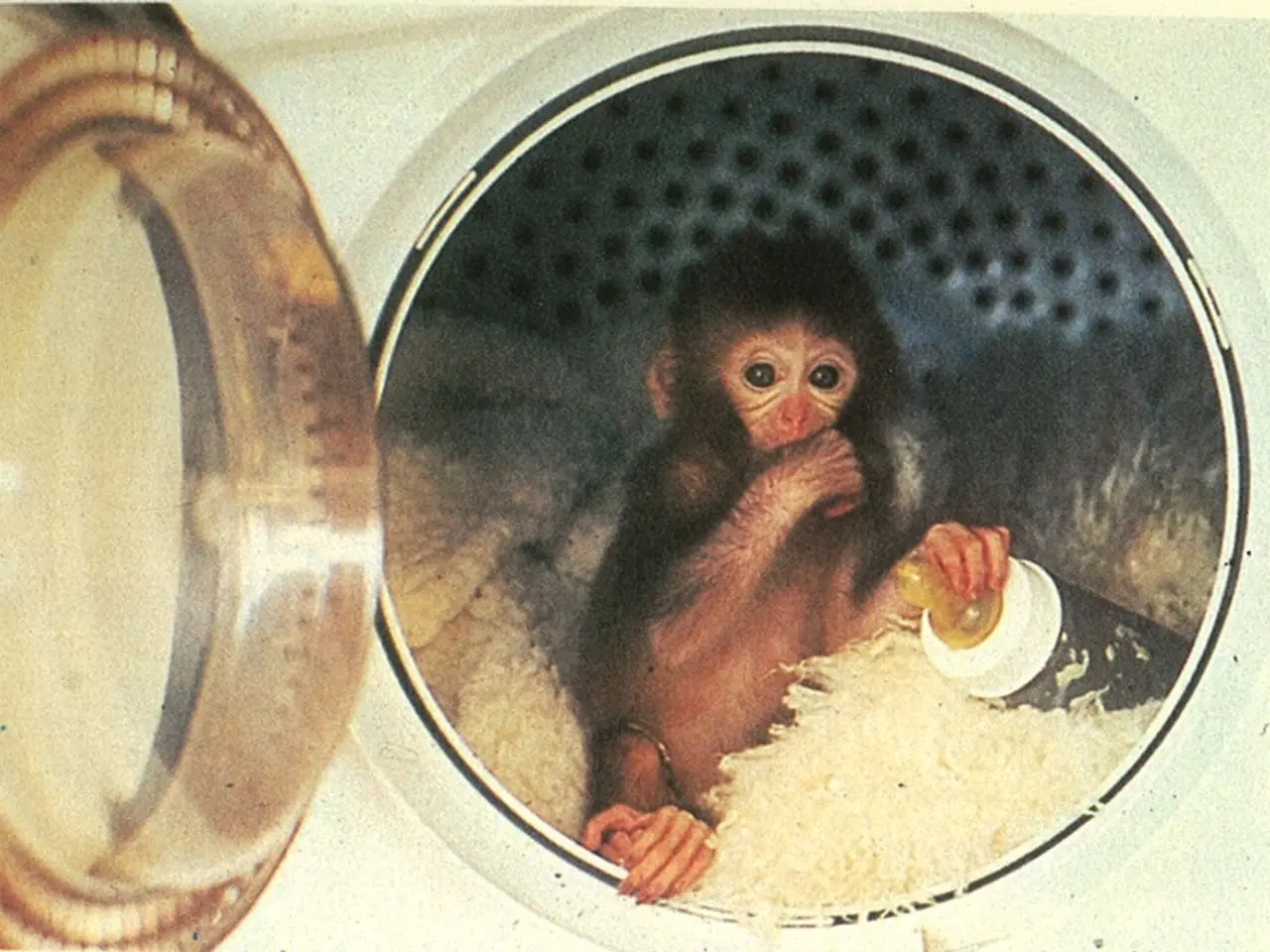Mpox causes itching: Essential Facts to Discover
Monkeypox, a rare viral disease similar to smallpox, has been making headlines recently. Here's what you need to know about the disease, its symptoms, and how to recognize it.
The Monkeypox virus is the culprit behind the viral disease known as monkeypox. One of the most distinctive features of the disease is the rash it causes, which is itchy, resembling mosquito bites, but usually lasts around 10 days.
Before the rash appears, patients typically experience a prodromal phase with systemic symptoms such as fever, headache, muscle aches, backache, chills, swollen lymph nodes (lymphadenopathy), exhaustion, and sometimes sore throat or cough.
The common symptoms of monkeypox rash begin with a progression of skin lesions through distinct stages: macules (flat, red spots), papules (raised bumps), vesicles (fluid-filled blisters), pustules (pus-filled blisters), and finally scabs that crust and fall off during healing.
The rash usually appears 1 to 4 days after fever onset and lasts about 2 to 4 weeks until all scabs fall off and heal. It typically starts on the face and then spreads to other areas including the hands, feet, chest, mouth, and genital region, with lesions in the anogenital area being especially common in recent outbreaks.
Key features of the rash progression and illness include an incubation period of usually 7–14 days but can range from 5–21 days after exposure, the rash progression stages of macules → papules → vesicles → pustules → scabs, distribution that classically starts on the face and spreads centrifugally to trunk, extremities, and other areas, notable swelling of lymph nodes distinguishing monkeypox from similar diseases like chickenpox, and a duration of illness including rash that lasts 2–4 weeks, with scabs eventually falling off to leave scars in some cases.
It's important to note that monkeypox is primarily present in certain parts of Africa but has been reported in other parts of the world. The disease can be contracted through close contact with someone who has monkeypox, including through droplets when they cough or sneeze, or through contact with their bodily fluids or materials such as bedding. It can also be acquired through contact with animals, particularly bites or scratches from an animal carrying the infection.
If you think you may have monkeypox, it's crucial to seek medical attention immediately. Symptoms such as swollen lymph nodes, red eyes, or a sore throat, or having come into contact with monkeypox, should prompt you to contact a doctor. To prevent the spread of the disease, you should also avoid close contact with anyone, including animals, until you contact a healthcare professional.
[1] Centers for Disease Control and Prevention. (2022). Monkeypox. https://www.cdc.gov/poxvirus/monkeypox/index.html [2] World Health Organization. (2022). Monkeypox. https://www.who.int/health-topics/monkeypox#tab=tab_1 [3] National Institutes of Health. (2022). Monkeypox. https://www.nih.gov/health-information/monkeypox [4] British Columbia Centre for Disease Control. (2022). Monkeypox. https://www.bccdc.ca/health-info/diseases-conditions/monkeypox [5] Public Health England. (2022). Monkeypox. https://www.gov.uk/guidance/monkeypox-what-you-need-to-know
Read also:
- Kazakhstan's Deputy Prime Minister holds discussions on the prevailing circumstances in Almaty
- Announced: Initial Health Improvement Awards for Local Communities
- Elderly drivers could face a ban from the road if they don't pass a mandatory vision test under government plans, defended by the minister.
- Guide to Cultivating, Gathering, and Earning from the Amazon's Superfood: Acai Berry





